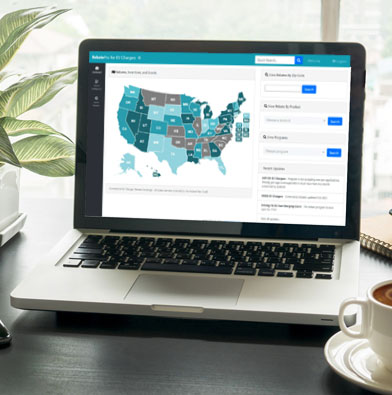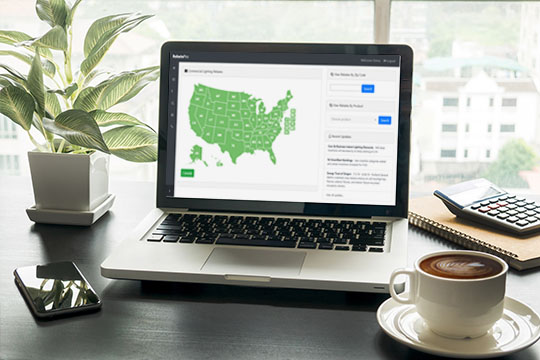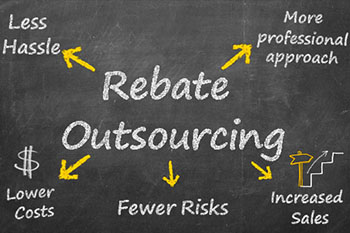Interest in electric vehicle supply equipment (EVSE) has skyrocketed over the past couple of years, and many in the electrical industry have embraced this rapidly growing segment. Rebates and incentives are integral to the EV chargers' sales process. However, navigating through the nearly 500 active rebate programs in North America can be challenging for contractors, distributors, and manufacturers.
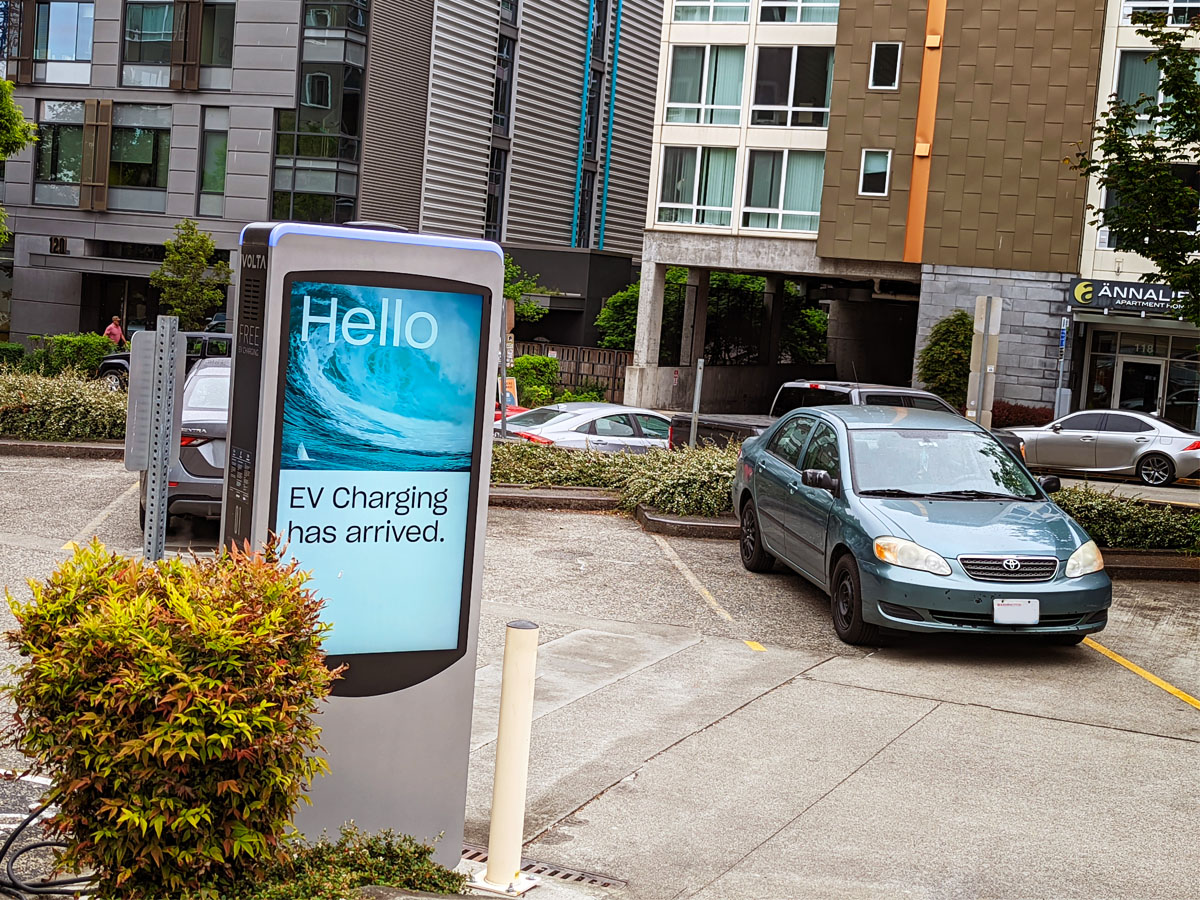
Unlike traditional energy efficiency rebates, which have been around for decades and are well-established, EVSE rebates are relatively new and not as standardized. As a result, contractors and distributors who have successfully used rebates to increase sales in the past are finding it much harder to utilize ev charger incentives. Understanding the different types of rebates and how they work can help improve the utilization of these programs.
Residential vs Commercial Programs

When looking at EV charger rebates, many organizations offer separate residential and commercial programs. For the most part, if the charger is hooked up for personal use and attached to a residence's individual meter, it would fall under the residential program. However, if it's for multiple people to use and is connected to a commercial meter, it would fall under the commercial program. So for multi-family locations, a high growth segment for EV charging installations, they would typically fall under the commercial program.
Types of EV Charger Rebates


Prescriptive or Standard Rebates
A standard rebate is similar to what most energy efficiency rebate programs would call a "prescriptive" rebate. Prescriptive rebates are the most common type of incentive for EV chargers and currently make up 3/4 of the programs in North America. These incentives are structured as a fixed dollar amount per unit of measure. Half of the prescriptive rebates are paid per charger, while a third of these incentives are paid per port (or how many vehicles can connect to a single charger).
With these programs, pre-approval is typically required. The rebate is usually offered as a check that the customer will receive about 8 - 10 weeks after the installation has been completed and the final paperwork has been filed.
Make-Ready Rebates
Make-ready programs are the second most common type of rebates for EV chargers. This type of program might not be familiar to those who have worked solely with energy efficiency incentives for retrofit projects. For EVSE make-ready programs, the incentives typically don't cover the charging station itself but instead the portion of the costs to make the site ready for the chargers.
Each program may have different definitions of make-ready costs. For example, some may only cover the utility side aspects of the make-ready; others may include any of the make-ready costs all the way up to the charger connection.
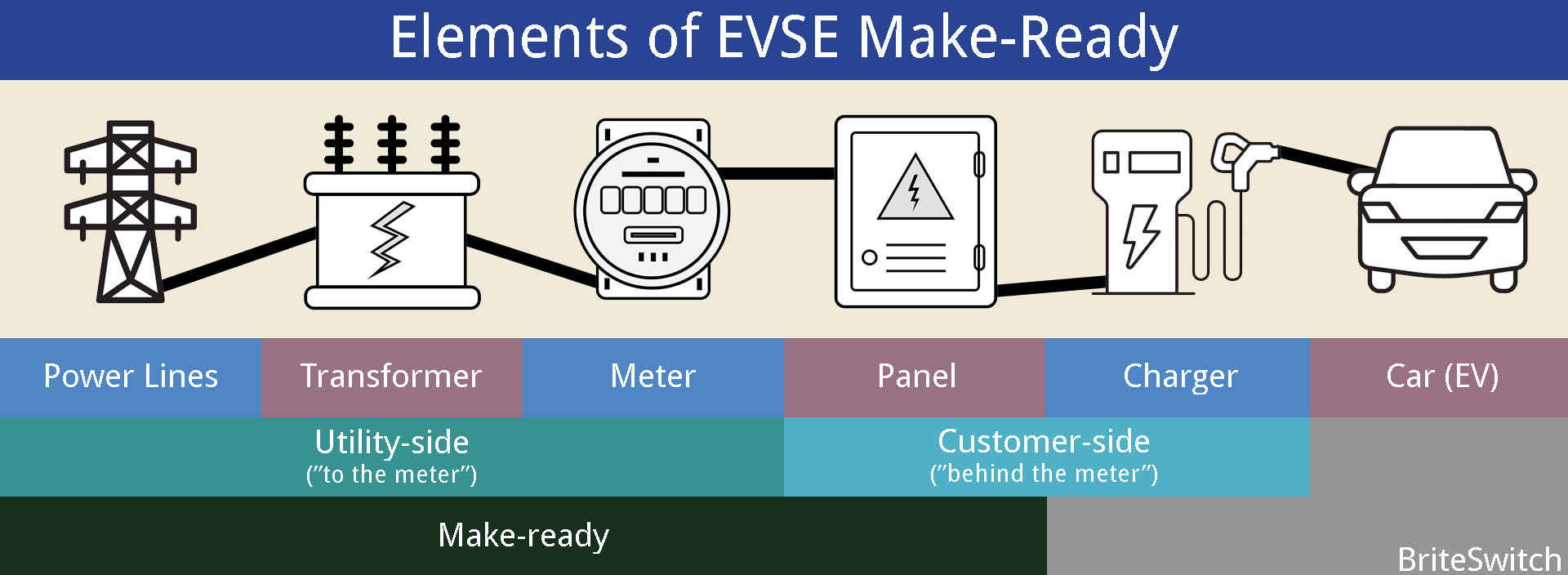
Make-ready programs are seen most frequently for Level 3 / DCFC rebates, with 15% of programs being make-ready.
Like prescriptive rebates, these funds typically require pre-approval, and a check is issued about 8 – 10 weeks after the final application is submitted. In some cases, the incentive may be a utility credit rather than a check.
Instant / Point of Purchase / Midstream Rebates
Certain types of EV charger rebates involve taking the incentive off the purchase price so the customer doesn't have to wait for a check in the mail. These programs are typically called midstream, instant, or point of purchase (POP) rebates.
For EV chargers, most of these programs are closer to POP or instant rebates, where a website is set up so a customer can order a charger directly from the program and does not have to file any forms or additional paperwork. This business model may be familiar to those who have seen online portals for consumers to purchase smart thermostats like Nest or Ecobee through their utility.
More traditional midstream programs, where participating electrical distributors sell the equipment and take it off the customer's invoice, haven't taken off yet.

A good example of an instant program is Sonoma Clean Power's "GridSavvy" program. Customers can purchase a charger directly through the provider's website at 50% off the retail price with no forms or applications needed.
Right now, only a handful of these programs exist for EV chargers, and they're primarily geared toward residential applications. They represent only 4% of available programs.
Turnkey / Direct Install Programs
A turnkey rebate is when the program handles the entire process, from selling the EV charging equipment to installation. These types of programs may also be called "direct install" programs.
Turnkey programs are meant to offer simplicity to the customers, making it a one-stop shop for installing a charger. In this case, the installer deducts the rebate from the overall cost on the customer's invoice.
An example of a turnkey program is the "Charger Solution Program" offered by Duke Energy in Indiana. With this program, a homeowner can sign up to have Duke Energy provide and install an EV charger in their residence. Duke Energy owns the charger and is responsible for troubleshooting and maintenance; they rent it to the customer over 48 months.
These programs are the least beneficial to those in the electrical channel as only a handful of participants can usually get into the program. In fact, these programs often compete with electricians, distributors, and manufacturers trying to serve customers in these areas.
Turnkey programs are more prevalent on the residential side but still relatively rare. They represent only 3% of active programs currently available.
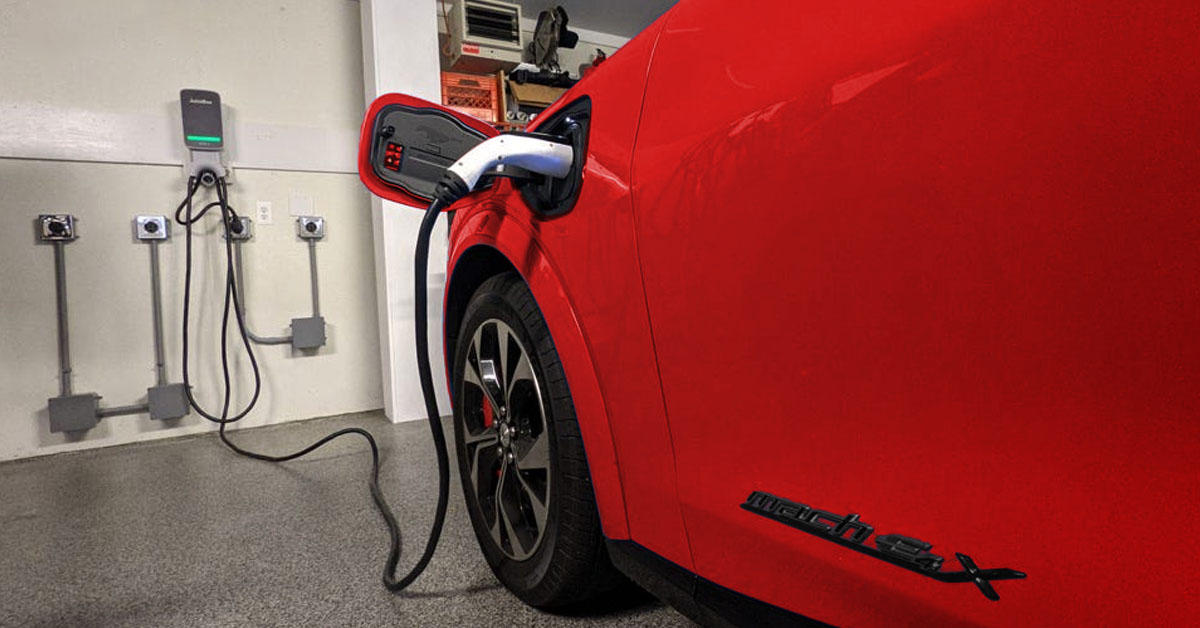
Case-By-Case or Custom Rebates
Some programs have a less rigid structure and don't fall cleanly into any other categories. These programs determine the incentive on a case-by-case or project basis. Sometimes these are competitive grants; other times, they're programs where they calculate the amount based on several factors such as economic viability and overall cost of the project. These rebates are nearly impossible to estimate upfront and can only be determined by going through the entire approval process. These types of incentives are more common for Level 3 / DCFC projects and represent 17% of these rebates.
What About NEVI Rebates?
NEVI funding is a hot topic among those in the industry. It stands for "National Electric Vehicle Infrastructure (NEVI) Formula Program," and it's meant to strengthen the fast-charging infrastructure across the national roadways.

Technically NEVI isn't a different type of rebate; it's more a source of funding. Each state had to submit a proposal on how they would distribute the NEVI funds. The programs can have different rules or requirements between the states. Still, the Federal government outlined several requirements the programs must meet, such as being along designated Alternative Fuel Corridors or that the equipment has to allow for open-access payment methods and have a non-proprietary connector.
Programs May Be Stackable
Projects may be able to combine, or "stack," rebates from multiple sources. For example, a local electric utility may provide a make-ready incentive for a Level 3/DCFC installation, while the state may provide an incentive for the equipment itself. However, in no case shall the rebates be more than the cost of the project itself, even when combined.
Not all programs are stackable. Carefully read the rebate paperwork to determine the rules that apply to each project.
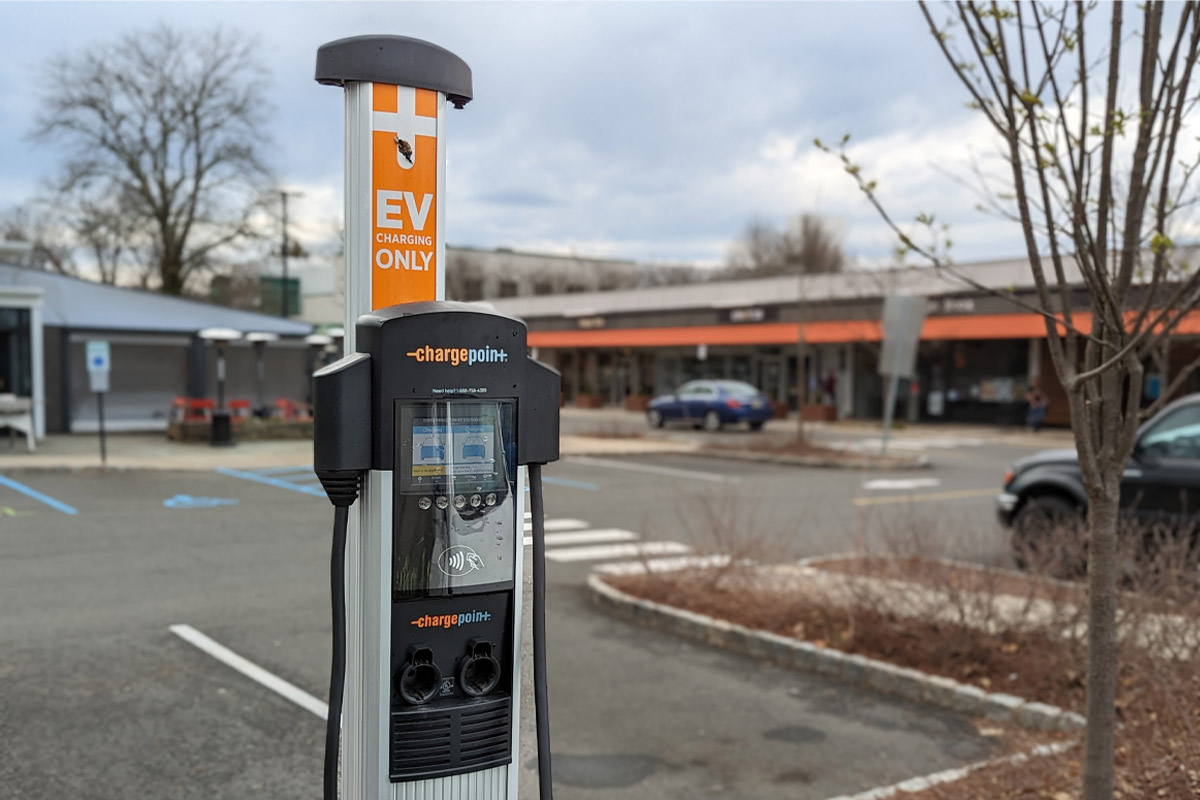
EV Charger Rebates Present a Huge Opportunity
For those looking to capitalize on the high-growth EVSE segment, rebates play an important part in the sales process. They're one of the best sales tools to motivate customers to move ahead with projects. With 74% of the US currently covered by a rebate or incentive for an EV charger, there's a huge opportunity out there. While the programs may be more complicated than traditional energy efficiency rebates, it's worth spending the time to fully understand the available programs and how they work.
Need Help Finding EV Charger Rebates?
Whether you're an electrical contractor looking to expand your services or a distributor seeking new revenue streams, understanding the rebates for EV chargers can help you stay at the forefront of this exciting and rapidly growing industry.
RebatePro for EV Chargers is the industry-leading tool that allows you to find virtually every rebate, incentive, grant and tax credit for EV charger installations across North America. So whether you're looking up rebates for a single location, analyzing a customer with thousands of facilities, or looking to see where you need to get your EV charger on an approved rebate program list, the tool can help you fully maximize the use of these incentives to close more business.


